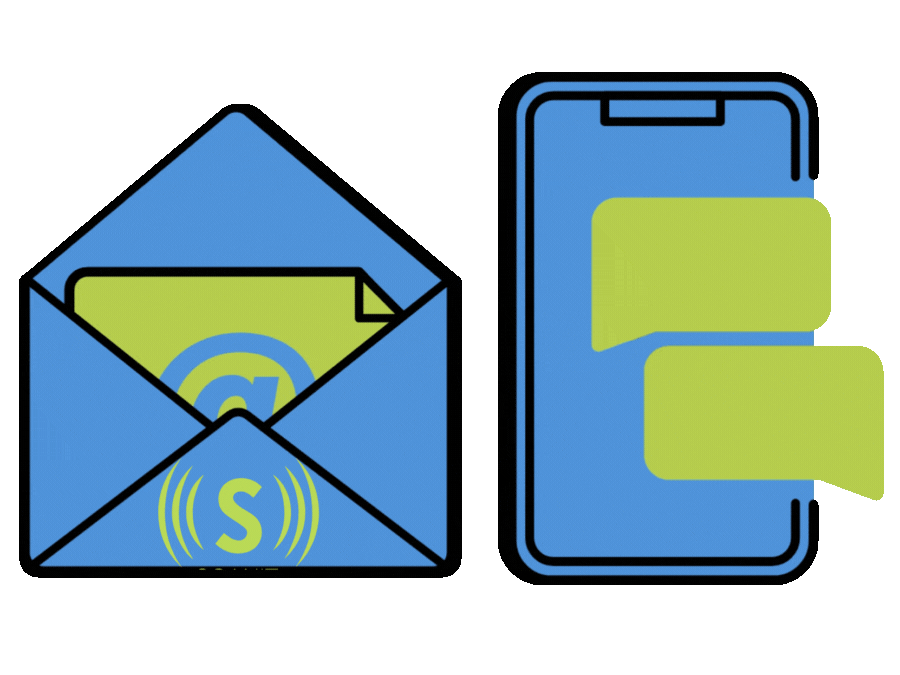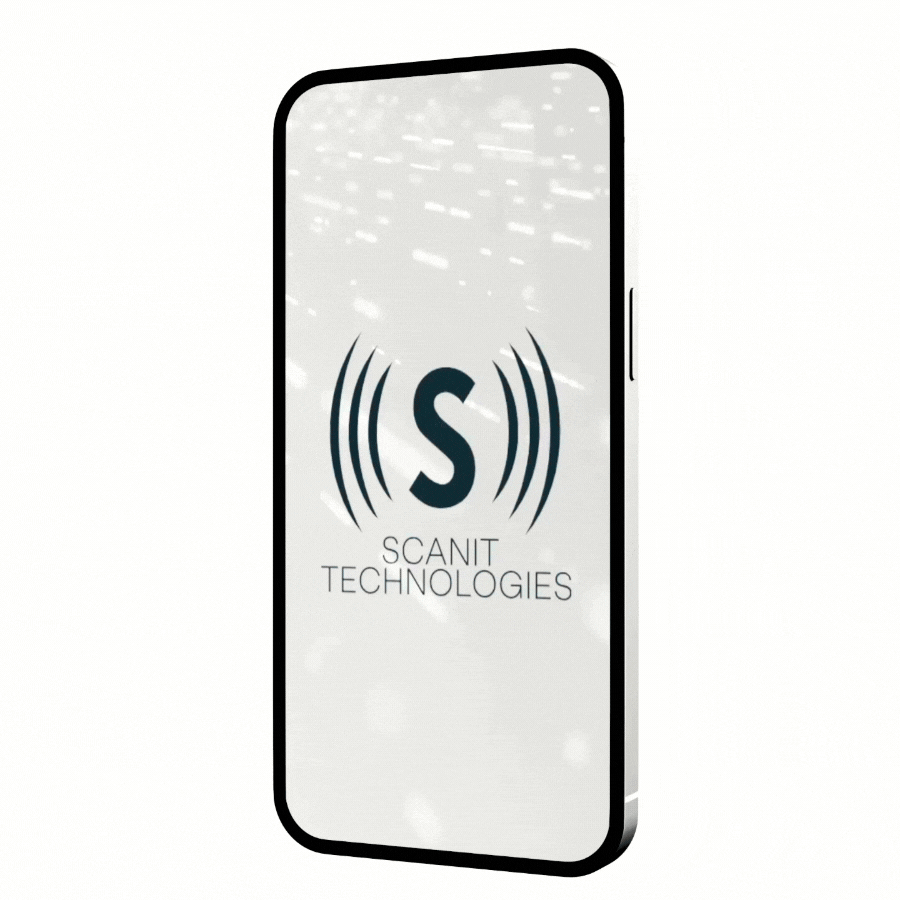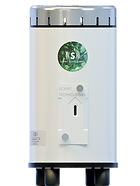
HOW IT WORKS
1. PARTICLE
CAPTURE
SporeCam™ captures airborne particles on a proprietary cassette, analyzes each with onboard optics, and sends results to our secure cloud for processing.


2. PATHOGEN
CLASSIFICATION
Machine learning matches particles to trained pathogen signatures, delivering high-confidence daily and hourly spore counts.

3. REAL-TIME
ACTIONABLE DATA
A secure dashboard provides pathogen counts, custom alerts (email & SMS), and essential environmental data for disease insight and empower decision making.


4. POST-SEASON
ANALYTICS
Weekly and yearly reporting provides descriptive analytics to help agronomers and decision-makers understand hyperlocalized disease trends and maximize yields.
Weekly and yearly reporting provides descriptive analytics to help agronomers and decision-makers understand hyperlocalized disease trends and maximize yields.


SPORECAM™
TECHNICAL SPECS
SPRAY & SCOUTING INTELLIGENCE
FLEXIBLE PLANS FOR EVERY OPERATION
-
Unlimited access to your secure dashboard
-
Flexible data plans with analytic and business intelligence reports
-
Hyperlocal insights: temperature, dew point, air pressure, humidity, and particulate trends (PM2.5 / PM10)
-
Custom plans tailored to your operation’s goals
YOUR SCANIT SERVICE PLAN
Disease Detection-as-a-Service: After we scope out your needs, you pay an annual service agreement for detection, alerts and unlimited access to a secure dashboard.

COLLABORATIVE DESIGN SESSION
With your IPM / Grow / Ops teams, we develop:
-
Sensor footprint
-
Target diseases
-
Integration needs (API)

BUILD SUBSCRIPTION MODEL
Together we establish:
-
Success metrics
-
Value and savings targets
-
Annual service agreement

INSTALL & ONBOARDING EVENT
At your site, we:
Provide Installation support
Set-up & customize dashboard access
Train and on-board your staff












